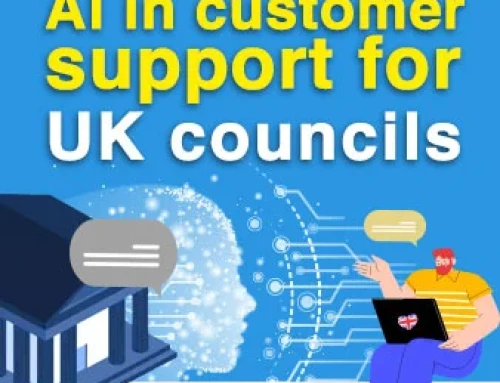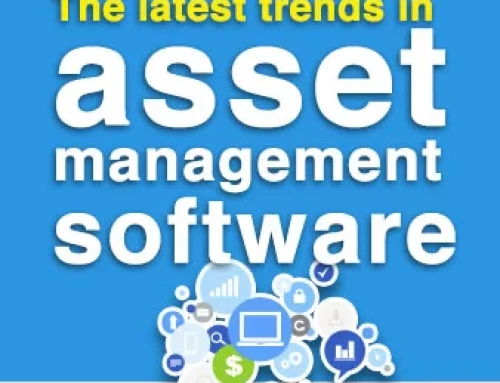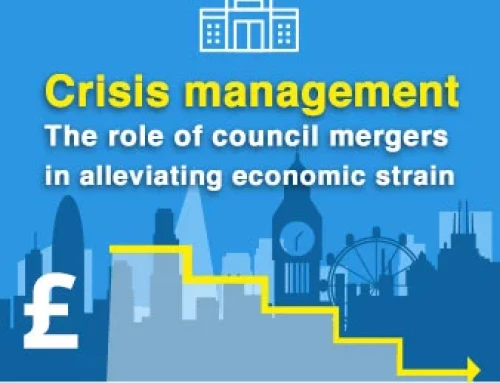Government’s Digital Transformation Investment – Opportunities and Obstacles
Strategizing a Digitally Strong Economy!
The sparks of digital transformation are lighting all the sectors. The business world is focusing on different use-cases to leverage the technology in every possible manner. With a few failures and more successful examples, it is evident that there is no substitute for digitalisation in the longer run. Sooner or later, it will impact every other business. The earlier you adopt; more will be the chances to reap the benefits.
Talking digital, there is a stern need for the government to bring a major change. Delivering public services has never been easy for the local government. They have faced the challenges related to budget, technology adoption, lack of skills and citizen expectations. But, these obstacles haven’t stopped the digital initiatives.
Digital Transformation UK
The UK’s ‘Digital by Default’ approach has made its successful mark and boosted the nation’s economy. The 2012 Government Digital Strategy (GDS) defines this as “digital services that are so straightforward and convenient that all those who can use them will choose to do so while those who can’t are not excluded”. The aim is to ensure easy and secure online accessibility of the public services to one and all.
During 2012, the GDS highlighted 25 high-volume transactional services to be redesigned. Seeing the progress and cost savings, the plan is to get around 100 services available online by 2020.
The motive is to improve lifestyle and provide value to the taxpayers’ money. The digital revolution will help the government to deliver transparent and cost-effective services. The idea behind the channel shift is to do more with less. For common services like paying tax, reporting issues, waste collection, making complaints, booking amenities, etc. the digital platform will enable citizens to do things on their own at their own convenience. It will also help them meet the regulatory compliance.
Government’s Budget and Actions
In the recent Budget 2018 announcement, Hammond revealed a new revenue-based tax on the tech-giants including Google, Facebook, Amazon and similar companies which will come into effect from April 2020. The step is said to have taken to generate more funds and accelerate the development of AI, digital transformation UK and other technologies.
The 2% UK Digital Services Tax (DST) applies to the revenues of profitable groups which include search engines, social media platforms and online marketplaces making more than £500 million per year. It is expected to raise £400 million per year.
A further increase from £25 million in 2017-18 to £290 million in 2023-24 is to support the development of fibre broadband and 5G to meet the goal of a nationwide full-fibre network by 2033. Budget 2018 grants £1.6 billion to strengthen the UK’s global leadership in science and innovation.
The Digital Strategy – Goals and Obstacles
The five major goals of the Government Transformation Strategy 2017 had a strong focus on-
-
Business transformation,
-
Growing the right people, skills and culture;
-
Building better tools, processes and culture for civil servants
-
Making better use of data;
-
Shared platforms and business capabilities
The journey to achieve these goals is not an easy task. The government faces many obstacles while trying to transform their working. These challenges include regular investment, lack of digital skills, legacy systems, integrations, data security (GDPR), public acceptance, unavailable resources and other dependencies.
According to a Barclays research published in 2017, 40% of people living in the UK are not fully aware of the digital skills required for most jobs. That’s why; many times the initiatives don’t bring the desired outcomes. In order to utilise the digital power, it is utmost necessary to empower the government employees who will be using it. Development of digital skills will enable people to do smart work and enhance their productivity.
One of the main reason limiting the digital move is the use of legacy systems. The capital investment in a legacy system doesn’t allow them to take a step towards the newer systems. As per the reports, the Cabinet Office identified £3.8 billion worth of major contracts due to expire between 2017 and 2020. Once the governments are free from conventional solutions, they can plan their digital transformation journeys with smaller contracts and flexible platforms.
The Journey Continues…
An investment of around £20 million is planned for 2019-20 to support local peer-to-peer networks focused on business improvement. It will also promote thousands of business leaders who will share their expertise in leadership, business development and technology adoption.
James Stewart and Manj Kalar, in this study by AWS Institute, have given the following four suggestions for government spending on technology for efficient service delivery:
-
Her Majesty’s Treasury (HMT) should give more power to the Accounting Officers to reallocate planned capital expenditure for digital technology to operating spends.
-
Government should focus on innovation via “safe pilots” for smarter spending.
-
The Treasury should launch a “Centre of Excellence for Smarter Spending.”
-
The Government Digital Service should update the forecast of savings from digital transformation – and account for the cost of legacy IT systems and contracts.
Cloud is the answer to most of the current challenges. Government organisation must focus on an overall strategy involving all departments and all areas. They cannot limit it to specific processes. With a properly planned line of actions, it is possible to ace the game of digital transformation.
Learn from Past, Act in Present, For the Future!
GDS received a £455 million funding in the 2015 Spending Review for the period of four years-April 2016 to March 2020. It reported savings of £1.3bn from spending controls since 2011.
There’s no second thought about digitalizing the public services. At the same time, it’s also important to learn from past mistakes and rise above the challenges. The time is now and the government must prepare itself for a greater leap.
The coming years will definitely be driven by the digital wave. We expect to see more systematic and well-targeted approaches in the areas of Cloud, Artificial Intelligence, Internet of Things, and Automation for an end-to-end transformation. Feel free to contact us if you’re looking to understand the complete process of digital transformation.
Seal the Digital Deal!





